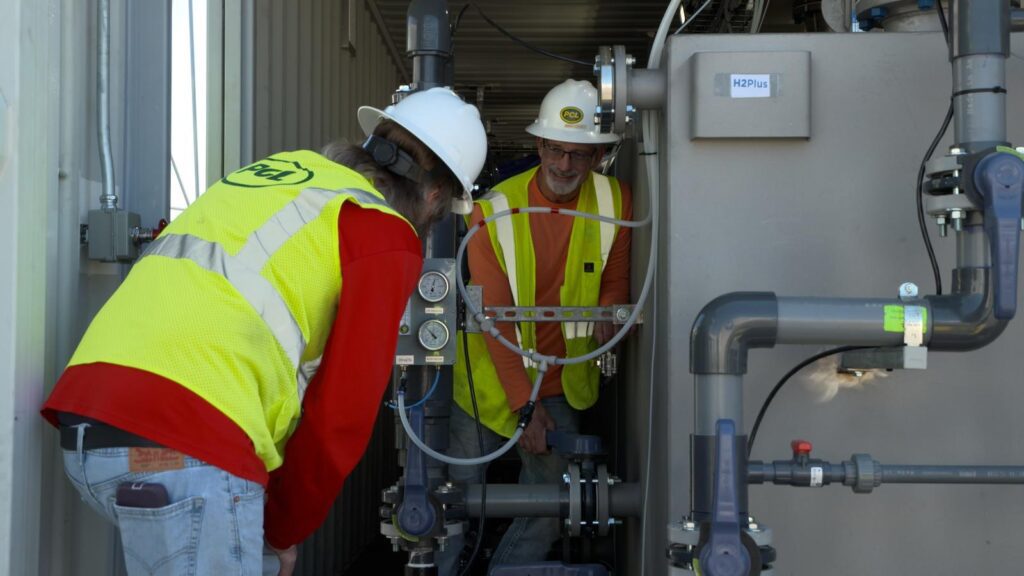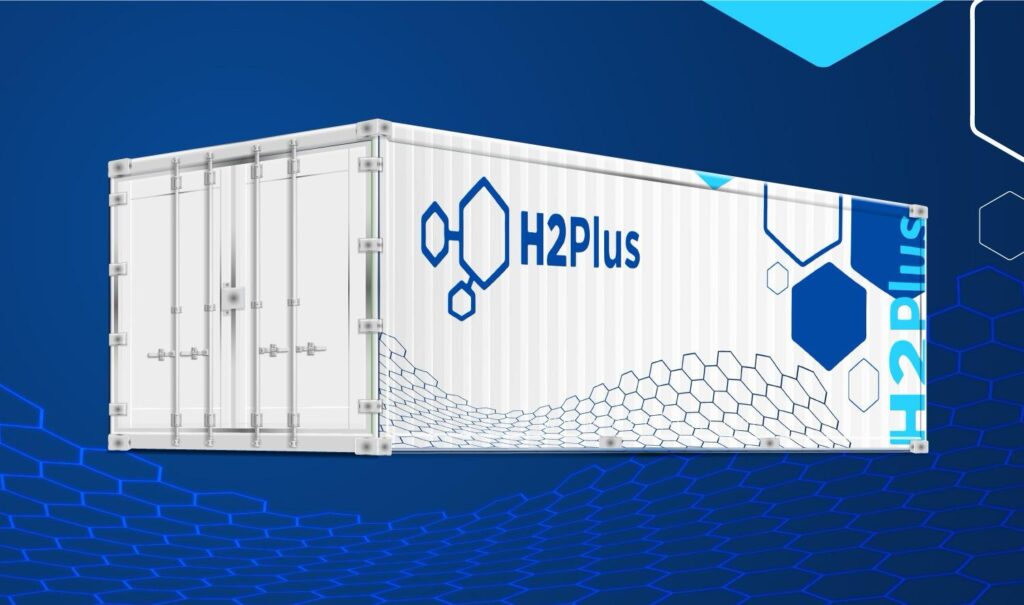A January 2025 New York Times report highlighted a growing concern in the United States. Wastewater treatment plants fail to remove per- and polyfluoroalkyl substances (PFAs), known as “forever chemicals,” leaving up to 23 million Americans with contaminated drinking water. Linked to cancer and infertility, these persistent compounds concentrate during standard treatment, posing risks as climate change and population growth strain freshwater supplies. H2Plus, a startup focused on PFAs remediation, offers a technology that departs from conventional methods to tackle this challenge.
Most solutions, such as granular activated carbon (GAC) or reverse osmosis, capture PFAs but redirect them to landfills or incinerators. H2Plus takes a different path by destroying the chemicals outright. According to their technical documentation, the system generates a patented restructured water molecule in gaseous form and diffuses it as bubbles into contaminated water.
At the gas-liquid interface, hydrated electrons target the carbon-fluorine bonds of PFAs and break them down into non-harmful components like calcium fluoride, carbon dioxide, and water. This process requires no pre-treatment or post-processing, unlike the multi-stage systems of competitors that demand significant energy and infrastructure.

Real-World Results
Pilot tests in Michigan and Tennessee demonstrate the technology’s potential. Conducted with oversight from landfill personnel and validated by third-party labs, these scalable studies treated landfill leachate, a challenging water stream with up to 37,000 ppm total dissolved solids and 500,000 ng/L of PFAs. Results showed an average PFAs reduction of 99 percent across key compounds like PFOS and PFOA, achieving levels at or below 4 ng/L. This meets the EPA’s 2024 drinking water standard of 4 ppt. Foam samples from the reactors showed 98 percent destruction, indicating the process avoids concentrating PFAs elsewhere, a flaw of GAC, which offers zero destruction.
The system’s design supports real-world use. Housed in a 40-foot Connex unit weighing 22,000 lbs dry, it processes 50 gallons per minute at baseline and can scale to 72,000 gallons daily. Operating at 96 kWh for 84 gpm, it uses far less energy than alternatives like supercritical water oxidation (SCWO), which relies on high temperatures and pressures. H2Plus’s CMO, Aaron Ellis, describes it as a straightforward solution. Water pumps in, PFAs are eliminated, and clean water pumps out, ready for industrial and municipal applications.

The Fight Against “Forever Chemicals”
This innovation aligns with rising PFAs concerns. The New York Times report noted wastewater’s role in spreading contamination downstream, a problem H2Plus targets by treating tough sources like leachate and wastewater. Competitors such as SCWO or electrochemical oxidation often struggle with energy costs and inconsistent results, achieving 10-20 percent destruction on complex streams.
H2Plus aims to address tap water contamination directly, focusing on industries and cities under regulatory pressure. As water operators seek effective PFAs solutions, this technology offers a shift from containment to elimination. Its broader impact, however, depends on data from wider deployment, which remains forthcoming.








